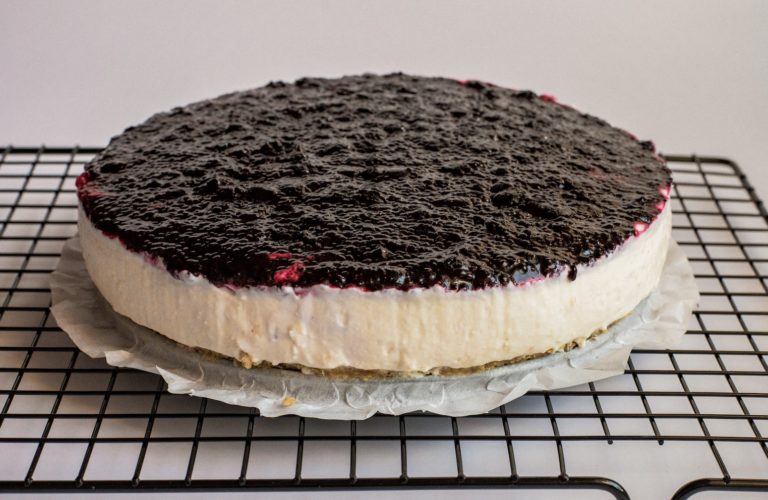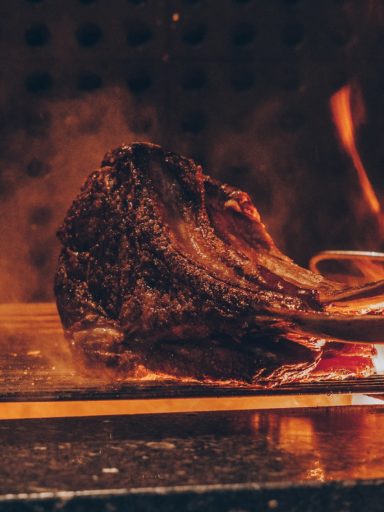Cool A Cake After Baking | Cooling cakes
Looking to get perfect results with every cake you bake ? Learn How To Cool A Cake After Baking the right way and make sure your baking efforts are well-received.
Contents
Introduction
Baking a cake can be a fun and rewarding experience, but it can also be quite frustrating if things don’t turn out as you expected. One of the most critical factors in cake baking is the cooling process. Cooling your cake properly can make a significant difference in the final product’s texture and taste.
In this blog post, we will go over some tips and tricks on How To Cool A Cake After Baking for the best results.
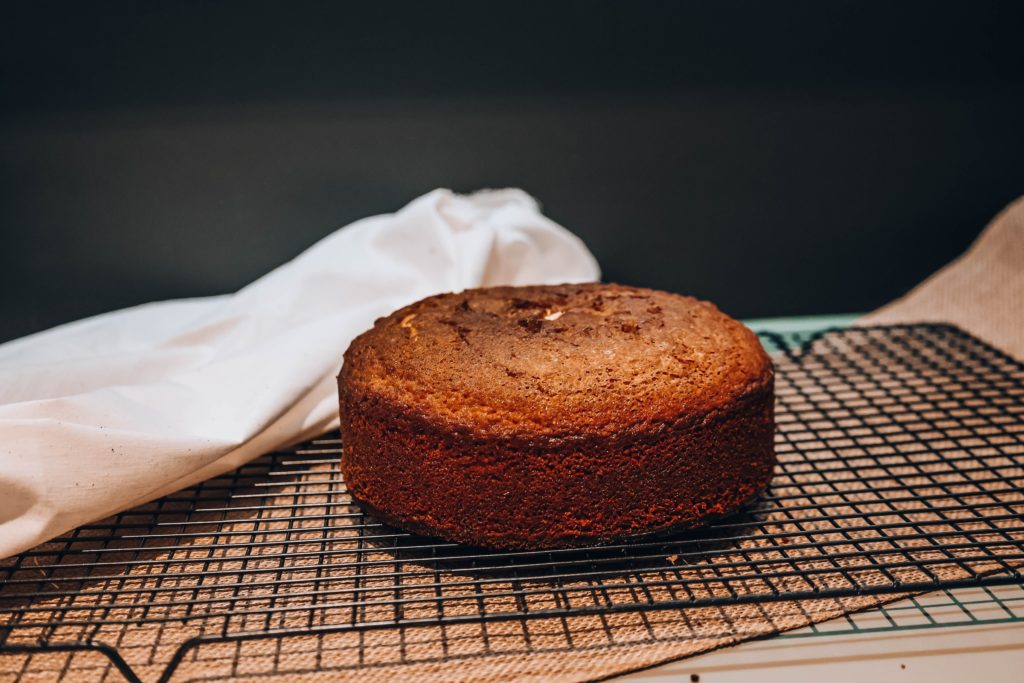 Source: Unsplash
Source: Unsplash
Taking precautions ensures deliciously cool cake
- Remember to let butter and dairy-based ingredients come to room temperature before incorporating them into your cake batter, and above all, know your oven!
- Keeping up with maintenance as directed by the manufacturer is crucial in ensuring even baking each time.
- Additionally, take out cake pans earlier than the recipe instructions suggest so that it does not become overdone. Lastly, if cooling on a countertop, move the cake to a cool area within 30 minutes of removing it from the oven.
With these tips, consumers can have perfectly cooled cakes in no time.
Quickly cool cakes in the pan
For most cakes, cooling in the pan is the way to go. This method is great for light cakes, such as sponge or angel food cake, as it helps maintain their airy texture. Once the cake has finished baking, let it sit in the pan for 5-10 minutes before removing it onto a cooling rack. However, if the recipe calls for a denser, more fudgy cake, remove it from the pan immediately after baking to avoid moisture build-up.
Inverting the Cake
Inverting the cake on a cooling rack is another effective way to cool certain types of cakes. With a platter or plate ready, hold the rack against the cake pan’s bottom and carefully invert both to transfer the cake from the pan to the rack. This method is best for chiffon, sponge, and other cakes baked in tube or bundt pans. However, use this technique only when the cake’s structure is firm enough to withstand tipping over.
Freezing cake
If you’re making a layered or frosted cake, you can speed up the cooling process by sticking the cake in the freezer. After it cools in the pan for 5-10 minutes, wrap it well in plastic wrap and place it in the freezer for 1-2 hours. The freezing will help make the cake layers sturdier, making the frosting process much easier.
Room Temperature Cool
Some cakes taste better when cooled at room temperature, especially if they’re moister, denser, or contain icing. Once the cake has finished baking, leave it on a rack for 15-20 minutes before removing it from the pan. Then, allow the cake to cool completely on the counter before slicing or fr
Fridge Cooling
Lastly, fridge cooling is an option for cakes that are too delicate to invert or cut while still warm. Pull the cake out of the oven and let it cool in the pan for 5-10 minutes before putting it in the fridge for 30 minutes to an hour. However, make sure the cake completely cools do
Cooling cake after baking with Oven
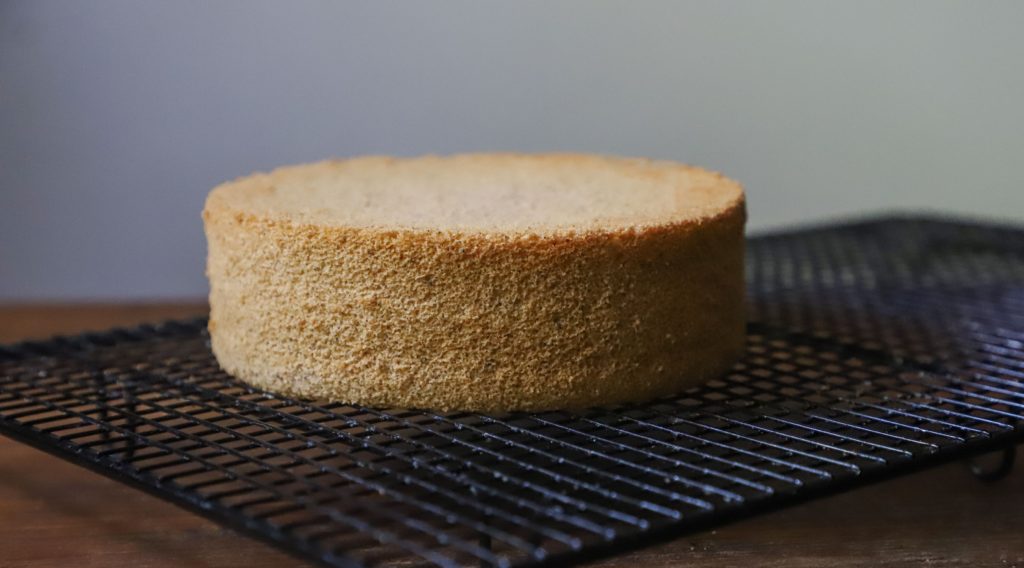 Source: Pexels
Source: Pexels
Step 1: Determine the amount of time you have available
This depends on your type of cake.
For light and fluffy cakes like angel food, pound cakes, and sponge cakes, simply pop them in the refrigerator for 1-2 hours for a quick cooling method that won’t compromise the texture.
However, if you’re dealing with a delicate cheesecake, it’s best to avoid this method as rapid changes in temperature can cause unsightly cracks. For rich and creamy chilled cakes, expect a cooling time of up to 4 hours.
Step 2: Take your cake out of the oven
Safely remove your freshly baked cake from the oven and place it on the kitchen counter. Allow the cake to cool for 5-10 minutes. Consider the following guidelines:
For creamy cakes like cheesecake, it is recommended to turn off the oven and let the cake cool inside for an hour before transferring it to the refrigerator. If time is limited, placing it directly in the refrigerator is also an option, although minor cracking may occur.
To prevent sticking, run a butter knife along the edge of the cheesecake while it is still warm.
For added protection, place your cake pan on a wooden surface, such as a cutting board, to avoid heat damage to your countertop.
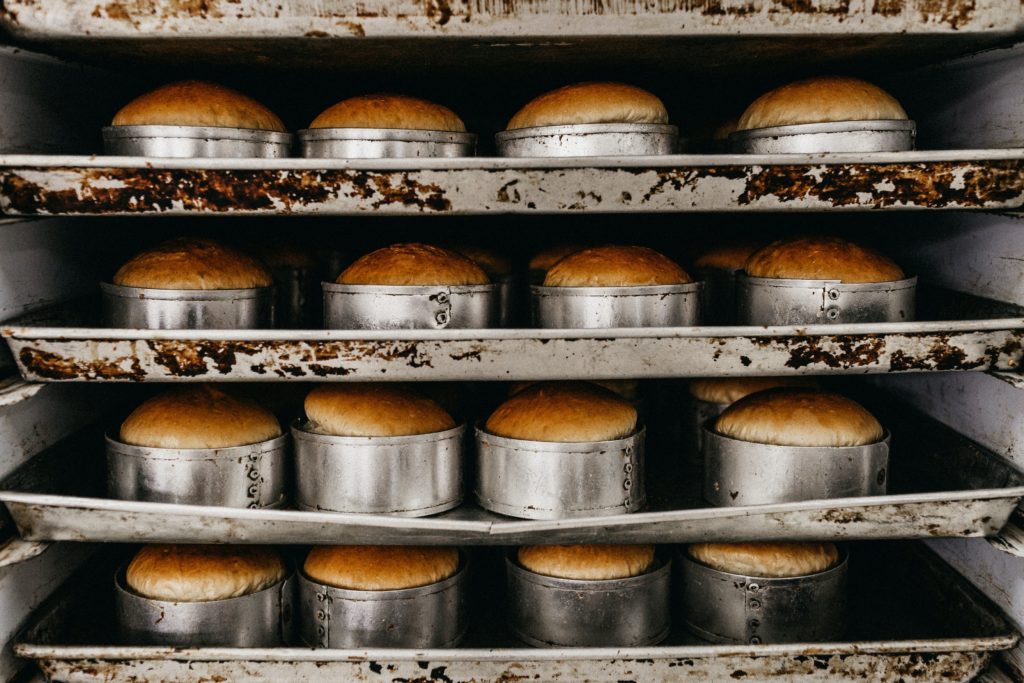 Source: Pexels
Source: Pexels
Step 3: Place your cake in the refrigerator
To cool your cake, first let it cool briefly on the countertop, then place it in the fridge for 5-10 minutes. This will prevent the cake from drying out while it continues to cool. After this short time, the cake should feel cool to the touch.
If you’re cooling a sponge or angel food cake, it’s best to cool it upside down. To do this, turn the pan upside down and place the tube part over the neck of a stable bottle. Cooling it upside down helps prevent it from collapsing as it cools.
For pound cakes, it’s recommended to remove them from the pan to cool. Leaving the pound cake in the pan for too long can make it overly damp and cause it to stick. Transfer it to a wire rack and place it in the fridge.
Step 4: Wrap your cake tightly in plastic wrap
Preserve your cake’s freshness and moisture by securely wrapping it in plastic wrap. Return the cake pan to room temperature and tightly cover the top of the pan with at least two layers of plastic wrap. This step is essential for maintaining the cake’s moistness during the cooling process.
However, if you have already removed the cake from the pan or placed it upside down, there’s no need to wrap it up.
Step 5: Allow your cake to cool in the fridge for 1-2 hours more
For optimal results, refrigerate your cake for an extra 1-2 hours. The cooling time may vary depending on the type of cake. Angel food or pound cakes might only require an extra hour, while cheesecakes should chill for the full 2 hours.
Step 6: Gently release your cake from the pan
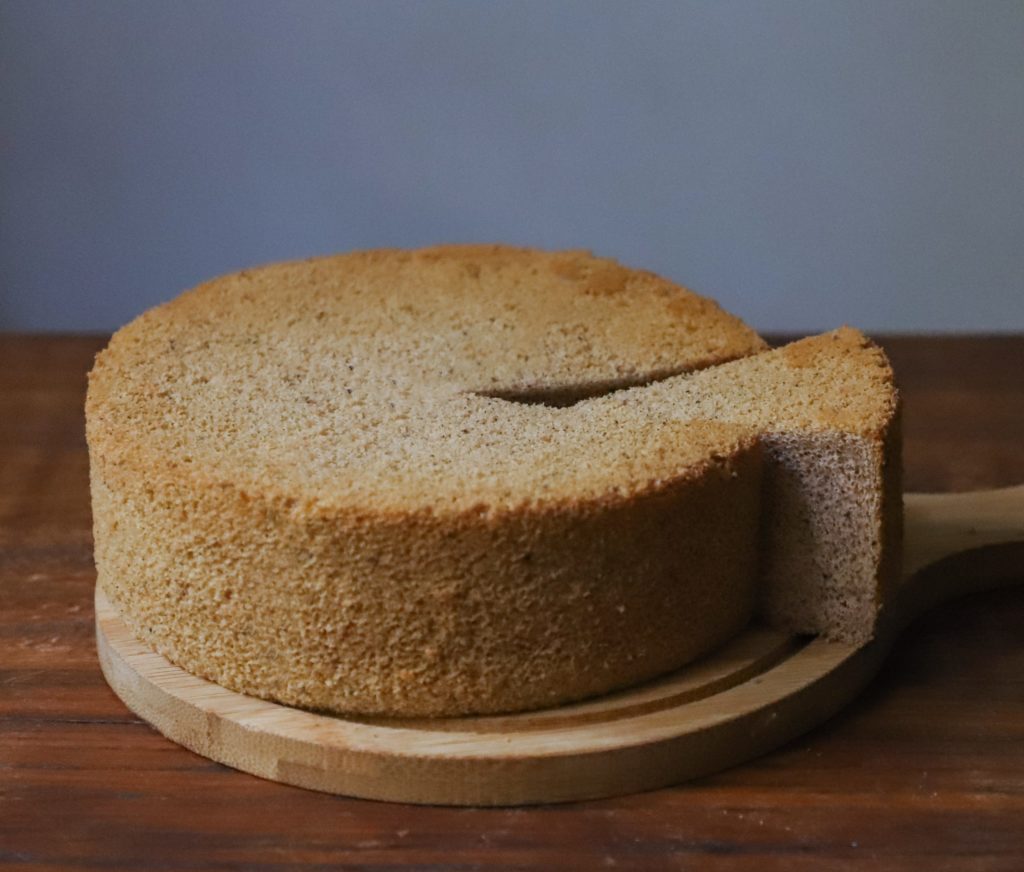 Source: Pexels
Source: Pexels
- Transfer your cake to a platter with ease by following these simple steps.
- Prepare a large plate and place it over the cake pan.
- Securely hold the plate and the pan together and carefully flip them upside down.
- Give the pan a gentle shake to transfer the cake onto the platter.
- If your cake is delicate, lightly tap the bottom of the pan until it releases.
- Once your cake has cooled, you have the freedom to frost and decorate it to your liking.
With these tips, now you can easily find out the answer for How To Cook A Cake After Baking
FAQs
What temperature should I bake my cake at?
The temperature for baking a cake will depend on the type of cake you are baking. Generally, cakes should be baked at 350°F (177°C).
However, some recipes may call for a different temperature so make sure to check the instructions in your recipe before preheating the oven.
Can I freeze a freshly baked cake?
Yes, you can freeze a freshly baked cake. Make sure that the cake has cooled completely and wrap it tightly with plastic wrap or aluminum foil.
Place the cake in an airtight container and store it in the freezer for up to 3 months. To thaw, allow the cake to come to room temperature before unwrapping.
How can I tell if a cake is done baking?
The best way to determine if a cake is done baking is by using a toothpick test. Insert a toothpick into the center of the cake and if it comes out clean, then the cake is baking.
If there are still wet crumbs on the toothpick, then the cake will need more time in the oven.
Can I cool my cake with a fan?
Yes, you can cool your cake with a fan. To do so, place the fan near the cake and turn it on at a low speed. Make sure that the fan is not placed too close to avoid drying out the cake’s surface. You should also rotate the cake occasionally to ensure even cooling. After 10-15 minutes of cooling with a fan, you should be able to safely handle the cake without burning yourself.
Additionally, you can cool the cake on a wire rack to allow air to circulate underneath and help speed up cooling.
Related:
Conclusion
Cooling a cake is an important step in the baking process. By following these tips, you can find the answer for the question ” How to cool a cake after baking ?” and ensure that your cake cools properly and stays fresh. Remember to allow the cake to cool in the pan, cool it on a wire rack, avoid putting it in the refrigerator, cover it if necessary, and use a fan to speed up the cooling process when needed.
With these techniques, you’ll have a perfectly cooled cake every time.
Happy baking!

I’m Belle Hudson , a cooking enthusiast and founder of TheCakeBoxofct.com . My ultimate goal is to provide complete customer satisfaction through a wide variety of cupcakes, homemade cakes, and a variety of dishes prepared in the kitchen. Whether you desire a remarkable birthday surprise , a special anniversary dessert , or even a delicious dish for a family dinner , rest assured that my creations are crafted to perfection. Made from the freshest and best ingredients , promising to satisfy every taste.

